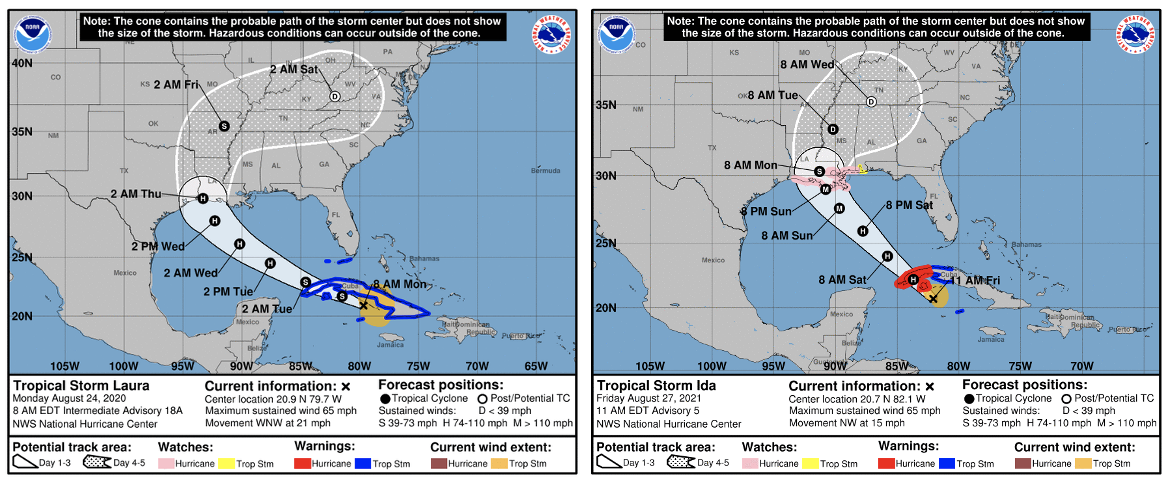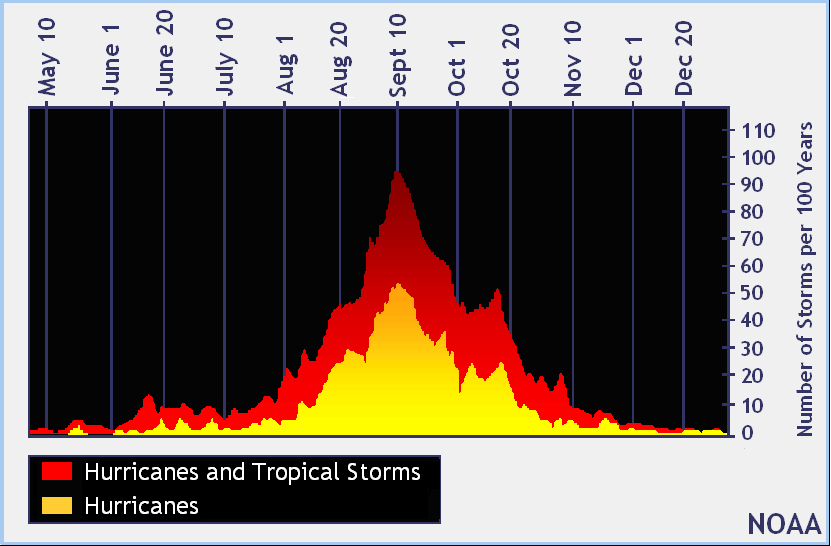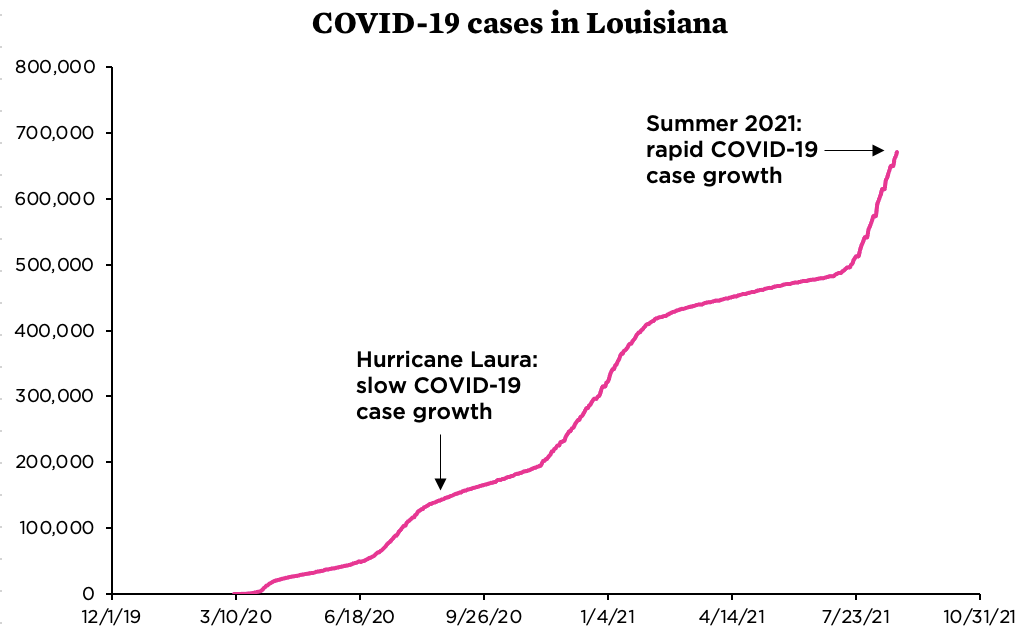Tyler Dawson

Canada’s efforts to evacuate Afghanistan lasted 22 days.
A final flight from Kabul , the capital, left overnight Thursday.
Eight hours later, government officials announced it was over — Canada was done flying people out.
“We wish we could have stayed longer and rescued everyone who was so desperate to leave. That we could not is truly heartbreaking,” Lt.-Gen. Wayne Eyre, acting chief of defence staff, said Thursday .
What remains unclear is why the Canadian government — and several other Western nations — waited until Afghanistan was on the brink of collapse, as the Taliban re-took the nation, to begin getting its allies and citizens out of the country.
“We had four-and-a-half months to do the right thing, and we only had a plane on the ground in early August,” Andrew Rusk, with Not Left Behind, a Canadian group advocating for Afghan interpreters and other allies, told the National Post.
In a briefing to reporters on Friday morning, government ministers repeatedly praised the programs and special visas brought in for fleeing Afghans, saying they were “groundbreaking” and that Canada was the first in the world to make such announcements — work, they said, that would not cease.
Last holdouts against Taliban look to Canada — and Quebec — as model for a new Afghanistan
Taliban fighters stand guard along a street near the Zanbaq Square in Kabul on August 16, 2021. Inside Afghanistan — the first seven days of life under the Taliban
Marco Mendicino, the immigration minister, said the government began developing its extraction programs — the ones announced in late-July and mid-August — in the spring.
“We put them into operation very quickly … over the course of the last number of weeks,” Mendicino said. “Canada has been a safe haven for Afghan refugees for years.”
A senior government source told the Post on Friday that prior to the last few months, there hadn’t been considerable demand for a mass refugee strategy for those who had worked for Canada.
“The one offs worked, people came, Afghan refugees claimed asylum,” the source said.
When it became clear such a program was needed, the source said, ministers pushed hard to get it done.
“There were challenges … it was really political leadership that even got a program established to begin with,” the source said.
Over the course of what ministers said was “the largest airlift in history,” Canada managed to get some 3,700 Canadians, permanent residents, vulnerable Afghans and citizens of other countries out of Afghanistan, between Aug. 4 and Aug. 26.
Still, the evacuation program has been plagued with controversy and delays, with news reports suggesting people struggled to reach destinations given by Canadian consular officials as evacuation points, or arrived only to hear nothing further from the government; others report being turned away for insufficient paperwork.
The senior government source said the problems that had emerged, such as requiring scanned documents, were addressed as they came up.
“There was actually a good amount of flexibility, it was just under a lot of pressure and a very compressed time,” the source said.
Other criticisms, the source said, ignore logistical issues like the American control of the airport, limiting Canadian access, and the obvious issue of the hostile Taliban preventing access to the airport.
Rusk said Canadians are owed an explanation about why the government was “so late and relatively under-resourced” to help those who are being targeted by the Taliban.

If Canada had begun its evacuations earlier, said Rusk, they could have used commercial airlines to get people out while flights were still operating.
“Instead we waited until the 11th hour when the military was required, and we never had enough time or the right resources in order to bring the volume of Afghans that have a rightful claim to come to Canada to safety,” Rusk said.
Officials were unable to say this week how many permanent residents, Canadian citizens and Afghan allies remain in the country.
Daniel Mills, assistant deputy minister with Canada’s immigration department, said visa applications for Afghan citizens who applied for them are still being processed.
The department received 8,000 applications under its special program for Afghans and 2,600 of those people made it out of Afghanistan, he said. But that doesn’t mean the rest are still trapped inside the country, because some of those applicants have already fled to third countries.
These 8,000 all applied to leave under the special program for Afghan allies, not the August announcement for 20,000 refugees.
Kabul has been in chaos in recent days , with thousands of Afghans flocking to Hamid Karzai International Airport and trying to get aboard evacuation flights prior to the final withdrawal of U.S. troops, announced in April by U.S. President Joe Biden, and scheduled for Tuesday, Aug. 31st.
The senior source told the Post work on a refugee program began immediately after Biden’s announcement.
“The thing started small and really grew,” the source said. “We’ve taken a lot of criticism from the folks in the military … but I don’t think anyone had a good handle on how many people this entailed.”
The drama, which escalated sharply on Thursday, with suicide bombings near the airport that left 13 U.S. soldiers and at least 90 Afghans dead, has been playing out while Prime Minister Justin Trudeau campaigns for re-election.
“Our priority has been from the very beginning, and will always be, getting Canadians to safety,” Trudeau said Friday. “Yes, there are thousands of Afghans to whom we owe a duty of care, and we are doing tremendous things to get them to safety as well.”
The perception that his government has botched its evacuation efforts, or left them to the last minute, has plagued the Liberal leader on the campaign trail.
Erin O’Toole, the Conservative party leader, said the Liberals “wasted months with inaction” on the file.
“It’s heartbreaking,” O’Toole said Thursday. “The Trudeau government has failed to act and they have abandoned people on the ground in Afghanistan.”
Eyre told reporters on Thursday that officials were surprised by the speed of the Taliban takeover.
“I’m sure there will be much ink spilt about this, but we have to look at going forward now,” Eyre said.
In early July, three retired generals wrote to Immigration, Refugees and Citizenship Canada, urging officials to move more quickly on re-settling Afghan allies. Among them was retired Maj.-Gen. Dave Fraser, who told the Post Friday that the government didn’t seem to have the impetus to respond until the Taliban began taking over.
“In this case, the government responded as it would normally to any situation by saying, ‘Fill out these four forms, and put your application in to IRCC and we’ll get back to you,’” Fraser said. “It doesn’t work for an Afghan who doesn’t have wifi or a cellphone, and definitely without a passport, and it doesn’t work very well when you’re running for your life.”
Since July, the government has pointed reporters to a resettlement program introduced in 2009, under then-immigration minister Jason Kenney, as evidence Canada has long been a friend to Afghans.
The program, which ended in 2011, was roundly condemned at the time for its rigid conditions, which included requiring evidence applicants’ lives were at risk and a consecutive 12-month employment record with Canada. It only approved two out of three applicants.
Between that, and another effort in 2012 at relocating Afghan allies, Canada brought some 800 people to safety. Statistics from Immigration, Refugees and Citizenship Canada show that between 2010 and June 2021, some 29,000 Afghans have come to Canada, around 21,000 of them either refugees or “protected persons,” those who might fear persecution at home.
In late July, the government announced a special visa program for those who had assisted Canadian troops, and then, on Aug. 13, ministers announced Canada would take in another 20,000 Afghan refugees who had already fled Afghanistan, among them humanitarian workers, LGBTQ Afghans and women’s rights advocates.
The bulk of those evacuated from Afghanistan got out in the final few days of the mission.
On Wednesday, the government said roughly 2,700 people had been evacuated, 1,447 of them between Sunday and Tuesday. By Thursday, the total was around 3,700.
Earlier this week, Sajjan said the government took “appropriate” and “quick” action to evacuate people. Mendicino has called Canada’s actions in Afghanistan “nothing short of miraculous.”
A volunteer with a non-governmental organization working to get people out of Afghanistan told the Post that endless red tape hampered the ability of those to get out.
“There was this huge, huge over-promise (by the federal government) and a massive under-delivery,” said the volunteer, who asked to withhold his name because of his work with government officials.
With additional reporting by Tom Blackwell, Christopher Nardi and The Canadian Press










